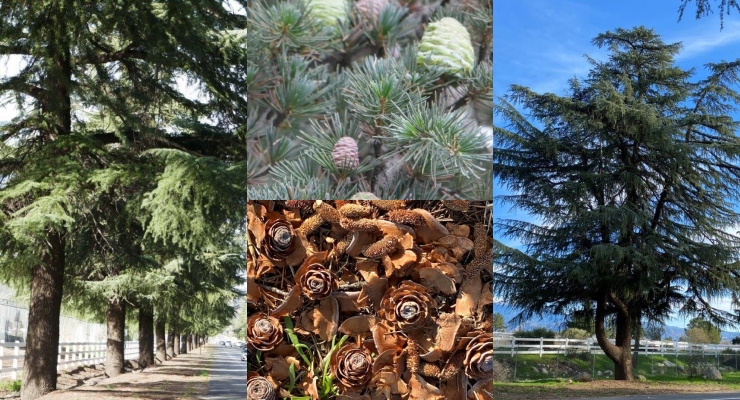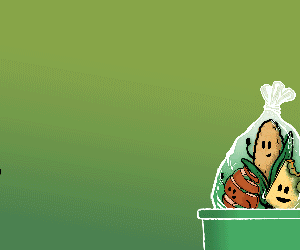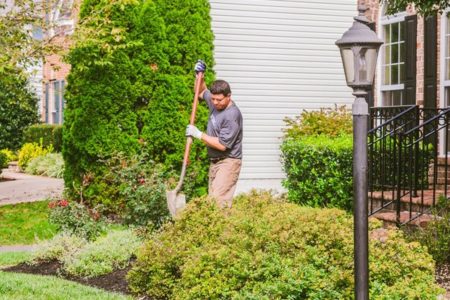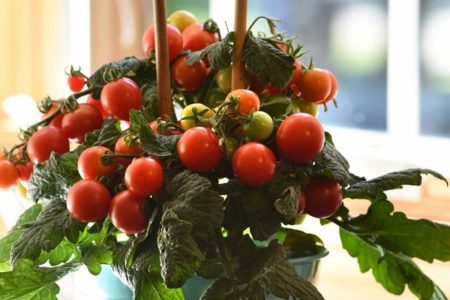
Each month, Pasadena Beautiful Tree Program Chair Emina Darakjy presents a ‘tree of the month’ in order to educate Pasadenans about the trees around them. Many people drive by trees they admire, but have no idea what they are called, or what their growing habits are. Pasadena Beautiful was founded in 1960 by a group of volunteers who saw a need to beautify their city and enhance its tree canopy.
The Deodar Cedar is a member of the Pinaceae family and is native to the Himalayas, thus its other name of “Himalayan cedar”. In the ancient language of Sanskrit, the word deodar means “tree of the Gods.”
The tree was first introduced to Europe in 1822, and to the United States in 1832. This is a large, fast-growing evergreen tree, reaching a height of 40 to 80 feet with a spread of 30 to 40 feet. The tree trunk is very straight, the bark is dark gray, turning scaly and deeply furrowed as the tree matures.
The arching branches drooping all the way to the base of the trunk are covered with 1-2” bluish-green needles giving the tree a stately look. The crown of the tree is a pyramidal shape.
Come spring, unnoticeable flowers appear, followed in late summer by cones that grow upright on the branches and can take up to 3 years to mature before they open releasing winged seeds. The tree produces an aromatic oil that deters insects.
In India, the deodar cedar wood is revered for its durability and is used in different carpentry and woodworking projects as well as making incense.
The deodar cedar grows easily in any type of soil with good drainage and is considered drought tolerant once established. It performs better in full sun to partial shade with ample room to grow and tolerates both the heat and the humidity.
The Deodar requires very low maintenance, but benefits from an occasional structural pruning every now and then to remove any deadwood or crossing branches.
Avoid excessive irrigation as this can cause root disease.
This tree makes a good landscaping specimen in a park, in ones’ garden or as a street tree. When used as a street tree, the lower branches are removed for pedestrian clearance. Many neighborhoods tend to string thousands of colorful lights on these trees at Christmas time, such as in Altadena’s “Christmas Tree Lane,” where these trees were planted in 1882 and on St. Albans Road in San Marino.
However, for me one of the most beautiful double planting of deodar cedar trees remains the one on Beaumont Ave in Beaumont, California, where for a mile and half you can find more than 115 of these majestic beauties gracing that Avenue. Planted in 1930, these serve as a windbreak. Finding yourself driving through a tunnel of these trees, with an overhang of drooping branches is a sight to behold.
Emina Darakjy is a past president of Pasadena Beautiful and its present Tree Program Chair. Darakjy says she has always had a passion for trees and that she is involved with several other tree organizations such as California Re-Leaf, the Arbor Day Foundation and American Forests. She is a past president of Street Tree Seminar Inc. and the present president of the California Urban Forests Council.











